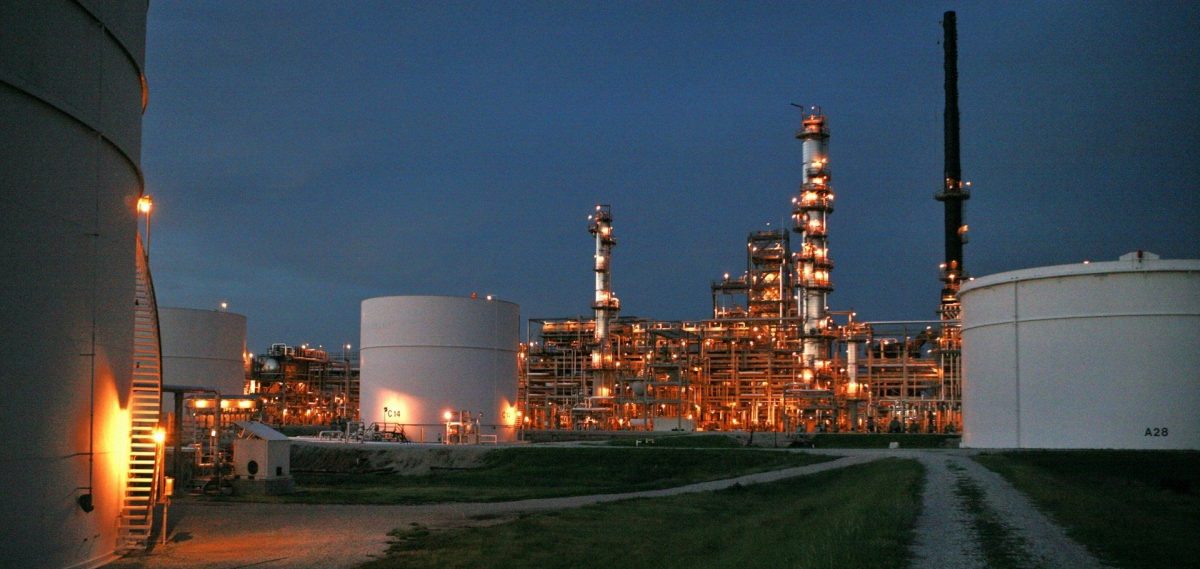The recent OPEC+ meeting concluded with decisions leading to extra “voluntary” production cuts among its members. As the effects of these decisions begin to materialize, market reactions have been somewhat unexpected. Brent crude prices initially dipped following the announcement, only to experience a slight rebound the following Friday.
These additional cuts have effectively eliminated the previously anticipated surplus for the first quarter of 2024, replacing it with a projected small deficit. ING Bank anticipates this shift towards a deficit could provide upward momentum for oil prices. Consequently, ING is considering a potential increase in its current forecast of $82 per barrel for the quarter and $88 per barrel for the entire year of 2024.
However, ING notes that the real impact will depend on OPEC+’s approach to reversing these cuts and how the demand scenario unfolds next year.
Surprisingly, the market did not respond with an immediate price surge post-announcement, as is typically expected. This reaction might stem from the nature of the cuts being voluntary, suggesting a challenge within OPEC+ to reach consensus on production adjustments. As ING points out, “These voluntary cuts imply growing difficulties among members to agree on collective action, indicating potential challenges for future coordinated responses.”
The meeting began contentiously, with a four-day delay due to disagreements among African members seeking higher quota targets, while countries like Saudi Arabia shouldered the brunt of recent reductions. Once resolved, the decision to increase output cuts lost its expected impact due to the voluntary nature of the commitments.
This shift signifies a departure from traditional cartel dynamics, leaning more towards a loose agreement that may or may not significantly influence the market. The lack of a clear direction from this meeting left the markets somewhat directionless.
Specifically, eight OPEC+ members announced voluntary reductions totaling around 2.2 million barrels per day for the first quarter of the next year. This figure includes Saudi Arabia’s ongoing voluntary cut of 1 million barrels per day and Russia’s 500,000 barrels per day. The remaining “additional” and “voluntary” cuts amount to less than 900,000 barrels per day not yet accounted for in market pricing. Countries including Iraq, UEA, Kuwait, Kazakhstan, Algeria, and Oman pledged these additional cuts.
For African nations like Angola and Nigeria, who have been operating below capacity yet resisted further quota reductions, Angola’s quota was adjusted to 1.1 million barrels per day, and Nigeria’s was increased to 1.5 million barrels per day. However, Angola stated it would not adhere to this quota, further diminishing the cartel’s influence. If these cuts had been uniformly agreed upon by all OPEC+ members, their impact on oil prices would likely have been more significant. Instead, the individual members were given considerable leeway in a non-binding agreement. Consequently, the potential reduction of less than 900,000 barrels per day in the first quarter might not even materialize. If market conditions remain robust, these barrels could be reintroduced into the supply chain.
The New York Times aptly summarized the evolving scenario, describing OPEC as “losing power in the oil market at a time when oil is losing power with cost-wary and climate-conscious consumers.” The publication highlighted that U.S. production contributed significantly, around 80 percent, to the global oil supply increase this year.
The recent OPEC+ meeting revealed the actual extent of the cartel’s market influence. About a month before the meeting, the Cato Institute argued in a comprehensive report that OPEC’s role is more political than fundamentally oil-related. They posited that OPEC’s perceived control is more about political leverage, benefitting both its members and Western leaders, rather than genuine market control. The institute noted that OPEC nations view their oil output as a tool for international negotiation. This perceived influence lends them a certain degree of legitimacy, which is mutually beneficial for the West, as it provides a convenient scapegoat for oil price volatility. This perspective aligns with the New York Times’ observation that the majority of the year’s additional oil supply came from the U.S., and it challenges the rationale behind the proposed “NOPEC” (No Oil Producing and Exporting Cartels) legislation. This bill, reintroduced by a group of bipartisan U.S. senators, aims to amend U.S. antitrust laws to eliminate the sovereign immunity that protects OPEC+ members from lawsuits over price collusion.
The decision for voluntary cuts at the Thursday OPEC+ meeting, which suggests a shift towards individual decision-making within the cartel, could further diminish the perceived “legitimacy” upon which the above-mentioned political charade relies.
Source: orientalnewsng.com
